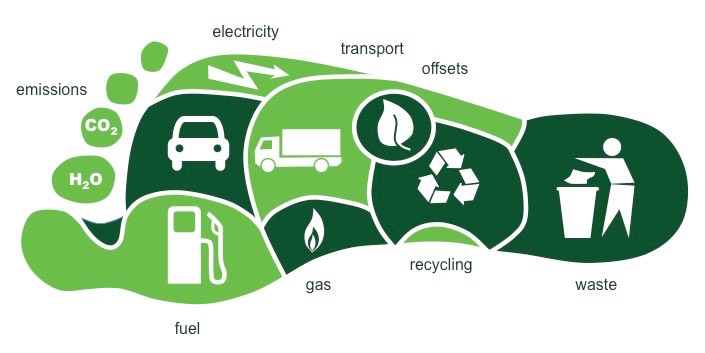Article 2: The shipping industry has quietly gone without a climate change plan—until now
I was surprised to find out the shipping industry hasn’t made any commitments to reducing greenhouse gas emission before now. But the global shipping industry has finally agreed to setting some goals at the London HQ of International Maritime Organization (IMO). Their plan is to halve their greenhouse gas emissions of 2008 by the year 2050. While some would have preferred for their plans to be more ambitious, others, like president of the Marshal Islands, Hilda Heine, are glad at least they’re taking a step in the right direction. As Marshal Islands is one of the nations who are climate-vulnerable, this is of particular importance to them.
The Europe Union is among those who believe the emissions cut should be 70%–100% by 2050. Some experts have declared that a 50% target is not even close to enough to comply with the Paris Agreement. According to IMO, in 2012 the greenhouse gas emissions due to international shipping “accounted for around 2.2 percent of the world’s entire man-made emissions.” So I can understand why EU might want to reinforce their own emission target on the ships entering their regions if IMO doesn’t go for more aggressive targets. This has led nations such as India, Saudi Arabia, and Brazil to fear trade could be affected.
A while back, I was talking to my cousin about all us “kids” in the family going on a road trip or a cruise together. I remember looking up facts about cruises and I remember that they generate around 200,000 lbs. of raw sewage a week. Based on that, I imagine their carbon emission to be quite high. This can lead to ecotoxticity and fossil fuel depletion. After reading this article, it makes me wonder if the EU or IMO plan to turn to cruise ships that travel international waters to start picking up the slack as well.
Source: GreenBiz
Author: Michael Holder
https://www.greenbiz.com/article/shipping-industry-has-quietly-gone-without-climate-plan-until-now






